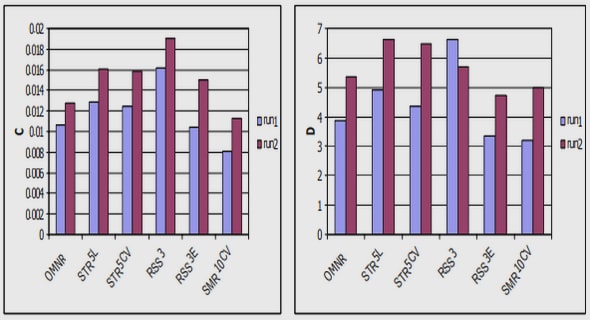(Downloads - 0)
For more info about our services contact : help@bestpfe.com
Table of contents
Chapter 1 : Introduction
1 1.1. Introduction
3 1.2. Complexité géométrique des zones de failles
4 1.3. De la fracturation au frottement
1.4. Variation de la contrainte pendant le glissement
1.5. Hétérogénéité spatiale du glissement et de la contrainte
1.6. Plan du manuscrit
Chapter 2 : Characterization of fault roughness at various scales: implications of three-dimensional high resolution topography measurements
2.1. Chapter 2 overview (Présentation du Chapitre 2)
2.2. Characterization of fault roughness at various scales: implications of three-dimensional high resolution topography measurements
2.2.1. Introduction
2.2.2. Generation of self-affine surfaces
2.2.3. Statistical signal processing methods
2.2.4. Quantitative estimation of the accuracy of roughness analysis methods
2.2.5. Quantitative Acquisition of roughness data on natural faults at various scales.56
2.2.6. Roughness results and interpretation
2.2.7. Discussion & Conclusion
2.2.8. Appendix 2.A
Chapter 3 : Roughness of fault surfaces over nine decades of length scales: self- affinity, variability, and absence of characteristic length scale
3.1. Chapter 3 overview (Présentation du Chapitre 3)
3.2. Roughness of fault surfaces over nine decades of length scales: self-affinity, variability, and absence of characteristic length scale
3.2.1. Introduction
3.2.2. Fault roughness data
3.2.3. Analysis of scaling properties of roughness data
3.2.4. Fault roughness results
3.2.5. Discussion
3.2.6. Conclusion
3.2.7. Appendix 3.A
Chapter 4 : Fault slip distribution and fault roughness
4.1. Chapter 4 overview (Présentation du Chapitre 4)
4.2. Fault slip distribution and fault roughness
4.2.1. Introduction
4.2.2. Self-affine correlations of seismological slip fields
4.2.3. Fault surface roughness
4.2.4. From fault geometry to the spatial distribution of slip
4.2.5. Discussion and conclusion
Chapter 5 : Stress drop during earthquakes: effect of fault roughness scaling
5.1. Chapter 5 overview (Présentation du Chapitre 5)
5.2. Stress drop during earthquakes: effect of fault roughness scaling
5.2.1. Introduction
5.2.2. Roughness of natural fault surfaces
5.2.3. Spatial variability of the stress drop on the fault plane
5.2.4. Evolution of the stress drop with rupture size
5.2.5. Discussion
5.2.6. Conclusions
Chapter 6 : Effect of surface morphology on the dissipation during shear and slip along a rock-rock interface that contains a visco-elastic core
6.1. Chapter 6 overview (Présentation du Chapitre 6)
6.2. Effect of surface morphology on the dissipation during shear and slip along a rock-rock interface that contains a visco-elastic core
6.2.1. Introduction
6.2.2. Rough geological interfaces
6.2.3. Visco-elastic shear flow between rough walls
6.2.4. Concluding remarks
Chapter 7 : Perspectives: Origine de la rugosité des failles et développement des surfaces de glissements
7.1. Chapter 7 overview (Présentation du Chapitre 7)
7.2. Introduction
7.3. Architecture des zones de failles
7.4. Propriétés géométriques des lentilles
7.5. Modèle mécanique de la formation des lentilles
7.6. Perspectives
Chapter 8 : Conclusion
Références bibliographiques




